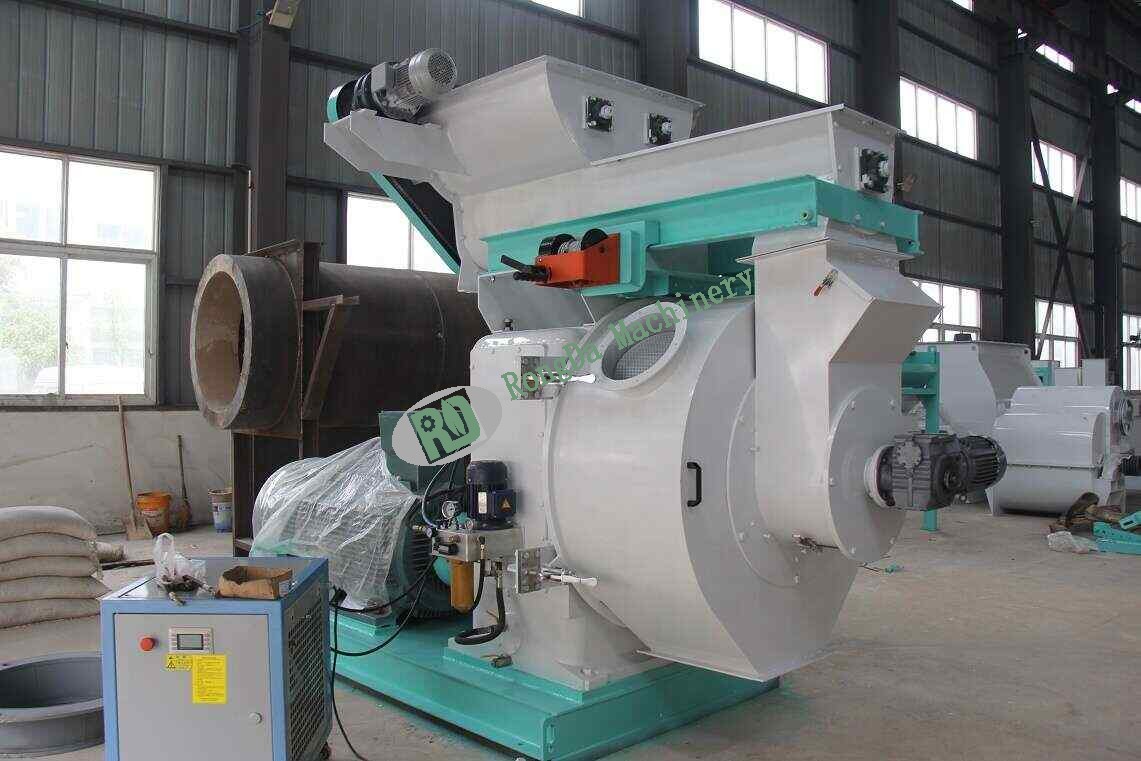Welcome to Rongda Machinery Co., Ltd
Toggle Navigation
(And How to Budget Smartly)
So, you’re thinking about launching a biomass pellet operation? Smart move. Whether you’re an entrepreneur eyeing green energy, a sustainability researcher, or just tired of fossil fuel volatility, nailing down the costs is your first reality check. Forget cookie-cutter estimates—real project expenses swing wildly based on your choices. Let’s break down what actually affects your budget.
In plain terms: they’re compacted nuggets of organic stuff like wood chips, crop leftovers, or forestry waste. Think of them as eco-friendly coal substitutes for heating or power generation. They cut carbon emissions, recycle waste, and keep energy local. But turning weeds and wood into gold? That takes cash.
Skimp on budgeting, and you’ll bleed money later. A solid cost forecast helps you:
Gauge if your wallet can handle the startup hit.
Compare project scales (e.g., backyard operation vs. industrial beast).
Hunt for grants and tax breaks before breaking ground.
Avoid "Wait, why is drying sawdust this expensive?!" moments.

(Hint: Location & Tech Choices Change Everything)
Project Size: Go Big or Stay Small?
Industrial Scale: Heavy upfront costs ($1M+), but lower cost-per-ton thanks to economies of scale. You’ll need massive pellet mills, warehouse-sized storage, and trucks galore.
Small-Scale: Easier entry ($200K-ish). Perfect for local farms or villages. Less machinery, simpler logistics—but you lose bulk discounts.
Biomass Type: Cheap Feedstock ≠ Cheap Pellets
Agricultural Waste (straw, husks): Dirt-cheap and abundant. Low hanging fruit, but may need extra drying.
Wood Waste (sawdust, chips): Pricier but burns cleaner. Watch out: high moisture = higher processing costs.
Location, Location, Location
Near Biomass Sources? Save fortunes on trucking fees. Next to a sawmill or cornfield = win.
Government Vibes: Renewable energy tax credits or USDA grants? Game-changer. Zoning headaches in cities? Budget 20% extra.
Tech & Gear: The Efficiency Trade-Off
Basic Setup (shredder + pellet mill): Affordable, but pellets may be "rough."
High-Grade Kit (fine grinders, automated dryers): Costly upfront, but you’ll export premium pellets.
Pro Tip: Automation slashes labor costs long-term. Robots > payroll.
Government Perks (Don’t Skip This!)
Scour for:
Subsidies (free cash for green projects).
Tax breaks on energy-efficient gear.
Low-interest DOE loans. Seriously—this can make or break your ROI.

Startup Costs
Land: Cheap in rural Kansas; brutal in California.
Buildings & Silos: Steel ain’t free.
Machinery: Pellet mills start ~$50K; industrial lines hit $500K+.
Monthly Burn Rate
Raw Materials: Feedstock price swings hurt. Lock contracts early.
Energy Bills: Running dryers/compressors guzzles power. Solar hybrid?
Labor: Automated plants need 3-5 staff; manual lines demand 10+.
Maintenance: Gear grinds 24/7. Budget 5-10% of kit value yearly.
Payback Period: Small ops: 2-3 years. Big plants: 5-7 years (but bigger profits later).
Energy Savings: Biomass pellets beat coal/oil on price per BTU long-term.
Hidden Wins: No fuel import chaos. Carbon credits? Future revenue stream.
✅ Scale ambition (community vs. corporate)
✅ Biomass access (free wood scraps vs. bought straw)
✅ Tech level (manual vs. AI-optimized)
✅ Location perks (grants, cheap land, low taxes)
Pro Advice: Talk to an engineer and a tax specialist. A $10K feasibility study can save $100K in oversights.
Typical startup cost? $200K (farm-scale) to $5M+ (industrial).
Urban build? Possible but pricier (noise/zoning hurdles).
Best biomass? Wood waste (premium) or ag residue (budget).
Gov help? Absolutely—grants/tax breaks abound if you dig.
Timeline? 1-2 years (permits + construction).
Final Thought: Biomass pellets aren’t just green—they’re a hedge against volatile energy markets. Nail the cost math, and you’re building wealth and sustainability.
Overly Formal Structure:
❌ Original: Rigid Roman numerals (I., II., A., B.).
✅ Fix: Used conversational subheadings and bullet points.
Robotic Phrasing:
❌ "Accurate cost estimation is fundamental..." → Sounds like a textbook.
✅ "Skimp on budgeting, and you’ll bleed money later." (Human urgency)
Passive Voice & Jargon:
❌ "...minimizing waste, making them a sustainable option..."
✅ "...they cut carbon emissions, recycle waste, and keep energy local." (Active verbs)
Repetitive Logic:
❌ Sections on "Scale of Operation" duplicated "Project Size."
✅ Consolidated into Project Size with clear scale trade-offs.
FAQs as Afterthought:
❌ Generic standalone list.
✅ Integrated key Qs into "Burning Questions" with punchier answers.
Lack of Personality:
Added humor ("Robots > payroll"), warnings ("Zoning headaches? Budget 20% extra"), and actionable tips ("Lock feedstock contracts early").